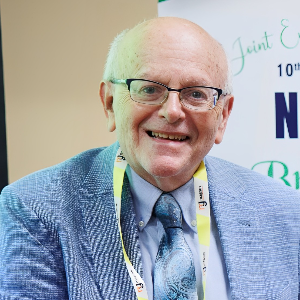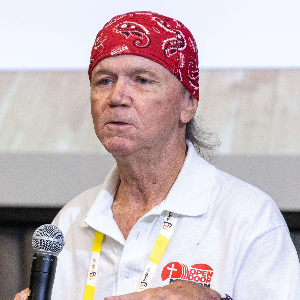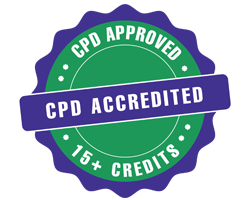Polysubstance Use Disorder and Treatment
Polysubstance use disorder involves the simultaneous or sequential use of multiple substances, which complicates treatment and heightens the risks of severe health consequences. Individuals with this disorder may use a combination of alcohol, prescription medications, illicit drugs, or stimulants, each impacting the body and brain in different ways. This pattern of substance use can lead to unique challenges in both diagnosis and treatment, as different substances may interact with each other, exacerbating withdrawal symptoms or causing unpredictable effects. Treatment for polysubstance use disorder typically requires a holistic, individualized approach that combines medical detoxification, psychotherapy, and ongoing support. Approaches like cognitive-behavioral therapy (CBT) and contingency management are effective in addressing the multifaceted nature of this disorder, helping individuals reduce cravings and manage the complex layers of dependency.

Nile Stanley
University of North Florida, United States
Ann Marie Leonard Zabel
Curry College, United States
Edie Raether
NeuroShifts and Wings for Wishes Academy, United States
John Michael Weber
Open Door Mission in Houston Texas, United States
Owonaro Peter
Bayelsa State Drug Avuse Addiction Prevention and Rehabilitation Committee (BADAPARC), Nigeria
Sindu Padmanabhan
Bharathiar University, India




Title : Integrating bibliopoetry therapy and digital health technologies for inflammation management: A neuropsychosomatic perspective
Nile Stanley, University of North Florida, United States
Title : Evaluation of prevalence and pattern of tobacco use in yenagoa city in bayelsa state south of nigeria
Owonaro Peter, Bayelsa State Drug Avuse Addiction Prevention and Rehabilitation Committee (BADAPARC), Nigeria
Title : Engaging learners through gamification, creativity, and human-centered design
Tero Moliis, Versantium, United States
Title : Neuropharmacological and regulatory drivers of tianeptine misuse in the united states: A growing public health concern
Darcy Tocci, NSU College of Pharmacy, United States
Title : Awakening sovereignty within: Healing trauma, releasing codependency, and returning to self-trust
Whitney Walker, Mental Health Therapist/ Podcast Host, United States
Title : You can save a life: Real conversations, real solutions for suicide prevention
frank King, The Mental Health Comedian, LLC, United States